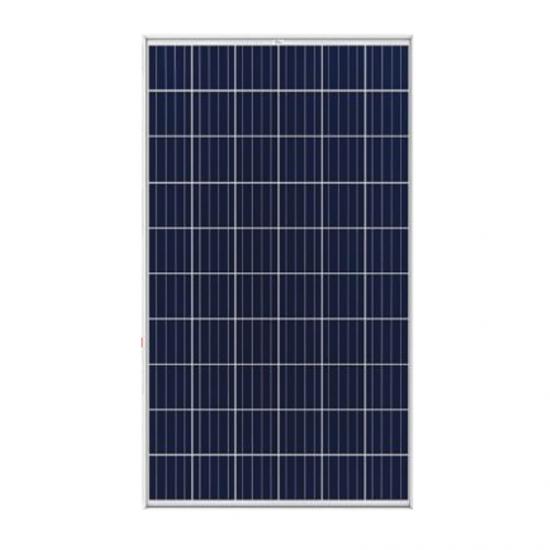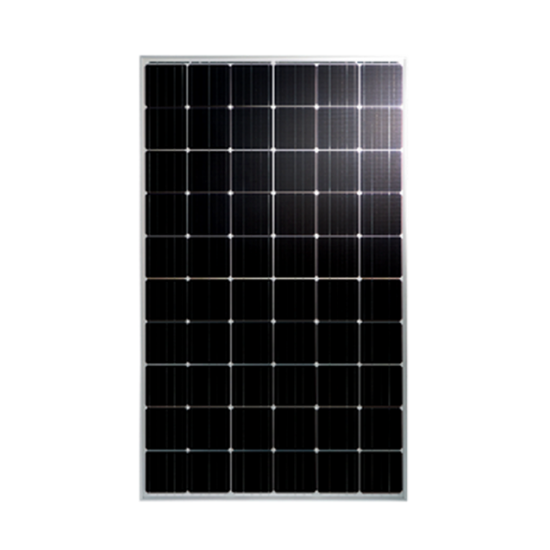Monocrystalline solar cells are more efficient because they are cut from a single source of silicon.
Polycrystalline solar cells are blended from multiple silicon sources and are slightly less efficient.
Thin-film technology costs less than mono or poly panels, but is also less efficient. It is mainly used in large-scale commercial applications.
N-Type cells are more resistant to light-induced degradation than P-Type cells.
PERC Cells add a reflective layer to give the cell a second oppportunity to absorb light.
Half-cut cells improve solar cell efficiency by using smaller ribbons to transport electrical current, which reduces resistance in the circuit.
Bifacial solar panels absorb light on both sides of the panel.
Solar manufacturers are constantly testing new technologies to make their solar panels more efficient.
As a result, solar manufacturing has branched into a wide range of cell technologies. It can be confusing to try to figure out why you should pick one option over the other.
Get more information from www.austasolar.com.
60cells Mono Perc Solar Panels

